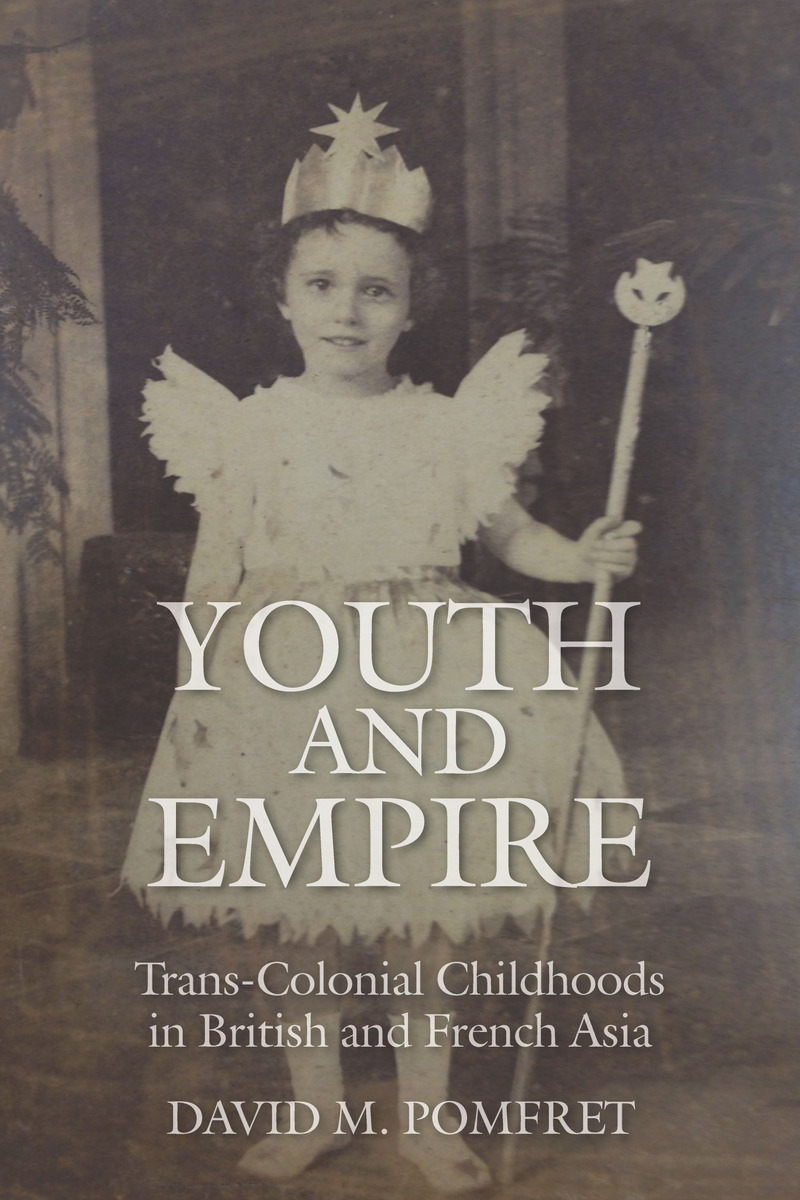American Mestizos, The Philippines, and the Malleability of Race: 1898-1961Posted in Asian Diaspora, Books, History, Media Archive, Monographs, United States on 2017-05-23 17:20Z by Steven |
American Mestizos, The Philippines, and the Malleability of Race: 1898-1961
University of Missouri Press
2017-04-28
208 pages
6 x 0.9 x 9 inches
Hardcover ISBN: 978-0826221223
Nicholas Trajano Molnar, Assistant Professor of History
Community College of Philadelphia, Philadelphia, Pennsylvania
also Digital Humanities Officer, Immigration and Ethnic History Society
The American mestizos, a group that emerged in the Philippines after it was colonized by the United States, became a serious social concern for expatriate Americans and Filipino nationalists far disproportionate to their actual size, confounding observers who debated where they fit into the racial schema of the island nation.
Across the Pacific, these same mestizos were racialized in a way that characterized them as a asset to the United States, opening up the possibility of their assimilation to American society during a period characterized by immigration restriction and fears of miscegenation. Drawing upon Philippine and American archives, Nicholas Trajano Molnar documents the imposed and self-ascribed racializations of the American mestizos, demonstrating that the boundaries of their racial identity shifted across time and space with no single identity coalescing.









